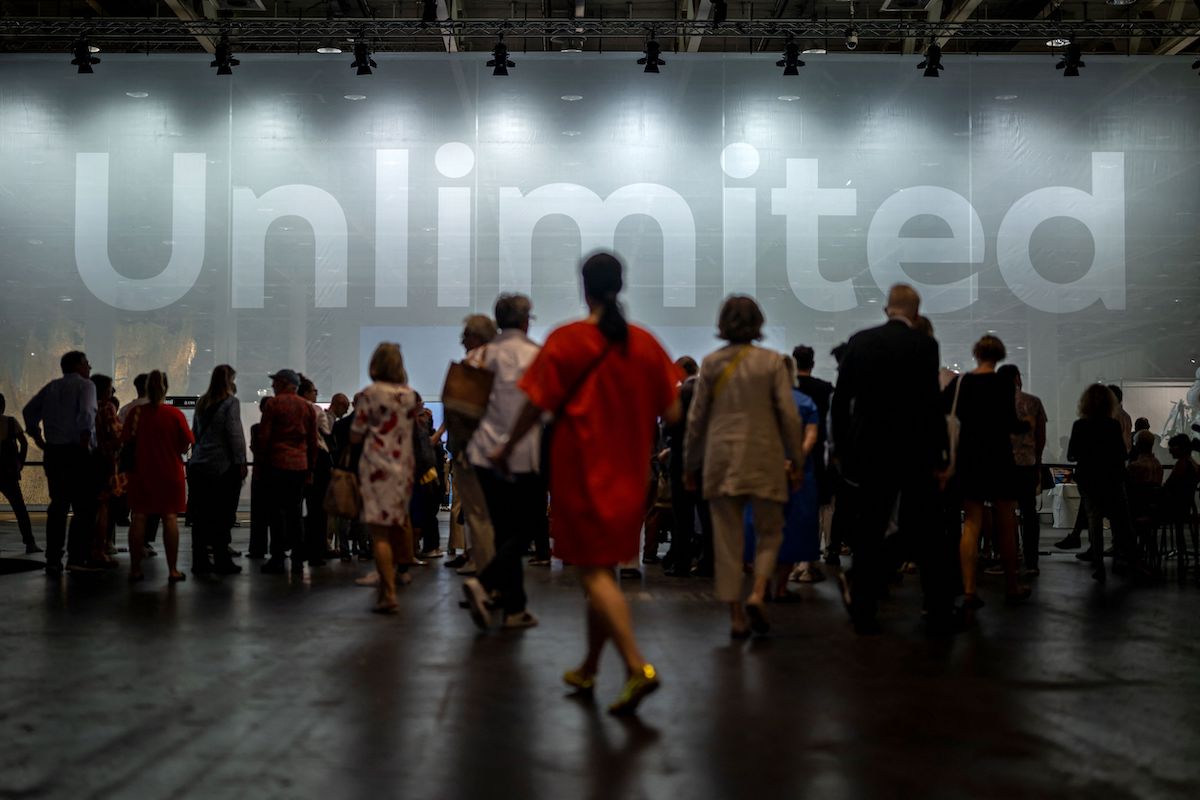If one were to go by the first-day sales results of last month’s Art Basel, one might come away with the impression that the fair was a relative success. For the megas, that might be true. David Zwirner started the fair by selling a Joan Mitchell diptych for $20 million, and Hauser & Wirth sold its most expensive offering, a $16 million Arshile Gorky work, despite noticing a slowed pace. By the end of the fair, Pace had sold its star Agnes Martin painting for a reported $14 million.
But upstairs at the fair, where smaller and mid-size galleries typically reside, rumors were flying that delicate changes in the market weather were being more acutely felt. These dealers are facing thinner margins, rising shipping and material costs, inflation, and more cautious collectors. The risk, as dealer René-Julien Praz recently told Le Quotidien de l’Art, is “enormous.” Praz recently closed his gallery, the Paris- and Los Angeles–based Praz-Delavallade; he said the high total cost for exhibiting in the international fair circuit contributed to the decision.
Transportation, insurance, on-site personnel, and booth fees all add up. “During one participation at Art Basel Miami, we left Florida with an $80,000 deficit,” he told Le Quotidien de l’Art. “It’s like playing Russian roulette every time.”
Now, a month on from the fair, with the art calendar’s summer respite in full swing, ARTnews spoke with several small and medium-size galleries, most of whom were at Art Basel, and one at Liste, to discuss the current market.
Editor’s Note: This story originally appeared in On Balance, the ARTnews newsletter about the art market and beyond.



